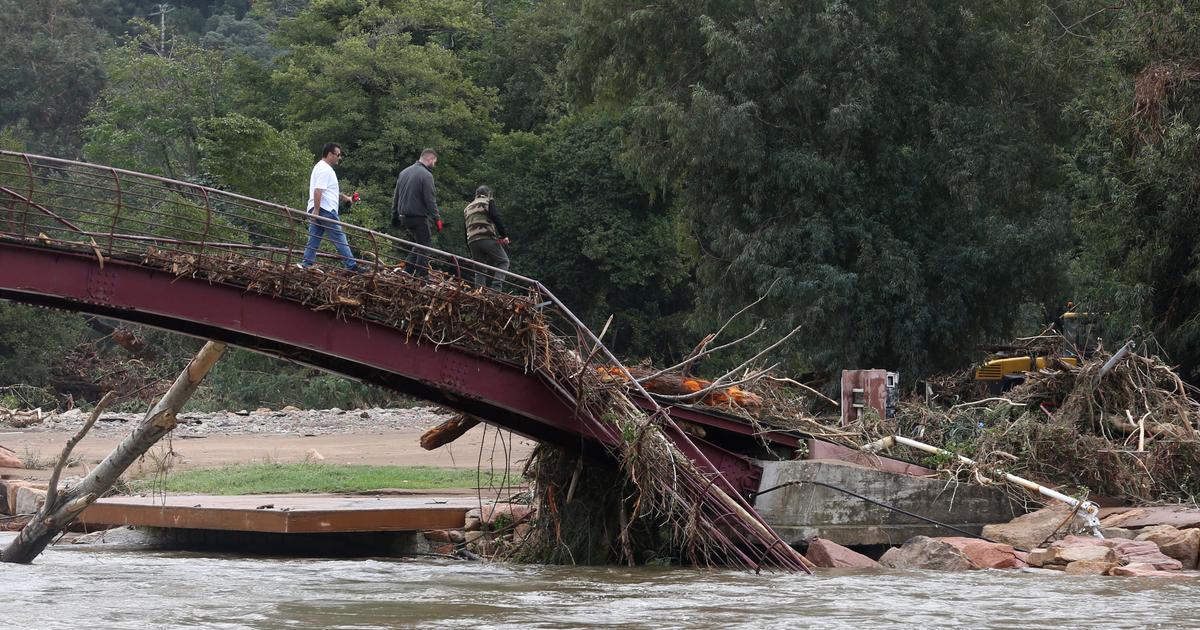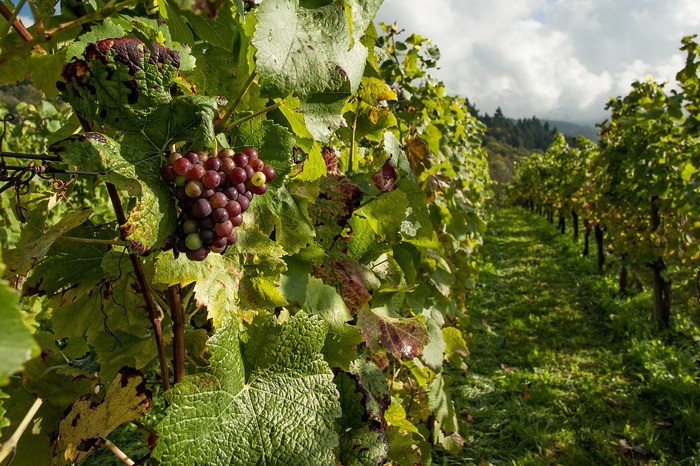The social networks of the Angelenos are full these days of postcards of mountains covered in snow.
The San Gabriel Mountains, behind the legendary Hollywood sign, glow white after a rare winter storm.
The snow has not only left beautiful images, but some hope.
The ice is vital for the region to be able to face the summer, a period of high temperatures and water shortages.
After more than two months of weather phenomena, half of California has stopped showing signs of drought, the extreme condition that has plagued the territory for nearly four years.
The most recent report from the Department of Agriculture intended to monitor the drought in the country shows the improvement that nine consecutive atmospheric rivers have left in the State.
Since the end of December and for two weeks, low pressure phenomena caused intense rains and winds throughout the state.
The meteorological service calculates that some 121,000 million liters of water fell on the territory in those days.
Many regions of the state received in about three weeks close to their average annual rainfall.
The average in those days was close to 30 centimeters, half the amount of liquid that is received in the entire rainy season.
The cycle of storms also left 19 dead, more than any wildfire recorded since 2018.
The map published this Thursday indicates that there are two regions exempt from drought.
These are almost 17% of the territory.
One is the Pacific Coast area, which stretches from Los Angeles north through Ventura, Santa Barbara, San Luis Obispo, and Monterey counties.
The other is California's central valley, an area considered the state's agricultural powerhouse.
A week ago, 85% was punished by the dry phenomenon.
Three months ago, the situation was even worse.
This persisted throughout the territory.
At least 40% of the land was in extreme and exceptional conditions.
Today these levels, the most serious of the six, are not present.
Another unusual image: the Los Angeles river carries water this March 1 after several days of rain. ETIENNE LAURENT (EFE)
83% of California, however, falls within the first rung of the drought monitor, which considers land conditions to be abnormally dry.
Of this percentage, 49% are suffering from moderate drought.
“The changes are incredible.
Not only compared to last week, but also compared to December 2022," Brad Purgh, one of the authors of the periodic report, told the press.
The situation may still change in the coming weeks.
The Weather Service has forecast a wet start to March, which will bring more rain and possible snow to California.
Meteorologists also forecast, for the next two weeks, a new atmospheric river entering from the Pacific.
The concern of the experts is that this new phenomenon is fed by tropical air, which would raise the temperature of the water and melt the snow that has fallen in recent months.
This could affect the most optimistic panorama for a State that seeks to abandon a three-year period of water difficulties.
Snow represents a third of the supply to the complex water system.
A slow melting of the ice is necessary to lengthen the supply.
Snow reserves are very healthy at the moment.
The dams and reserves also have good news.
The eight largest deposits in the State have raised their levels since December.
Three of these currently have their capacity above the historical average for this time of year.
It is a very different situation from the one experienced last year, when none of the dams was above average.
One of the largest, the Oroville Dam, is 18% above its historical levels.
Lake Shasta, the largest reserve, located to the north of the state, has 14% left to reach the mark.
Faced with this panorama, people wonder if the state government will maintain the emergency due to the drought.
Experts agree that it depends on the conditions experienced throughout this month.
If the rain continues to fill the reserves and the low temperatures help to conserve the snow, California could end its most recent emergency.
The situation would be similar to that experienced in April 2017. The governor at the time, Jerry Brown, then decreed the end of five years of drought after a winter with unprecedented rainfall and a water conservation effort imposed by state authorities. .
Brown lifted the emergency, but kept the order for the counties to take care of the water.
The conditions could be repeated six years later.
The good news could arrive in April.

/cloudfront-eu-central-1.images.arcpublishing.com/prisa/3KBQN5ECC2UH5PL4OPDTMUT4EY.jpg)



/cloudfront-eu-central-1.images.arcpublishing.com/prisa/R65LZW6EVZDNDFZPK25RWRQTVY.jpg)



